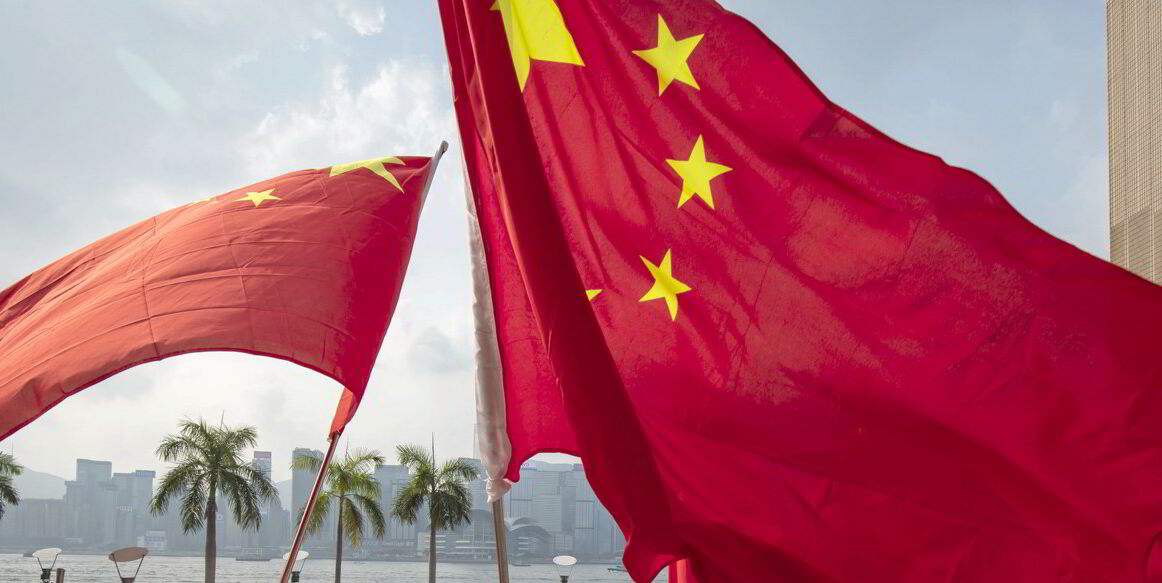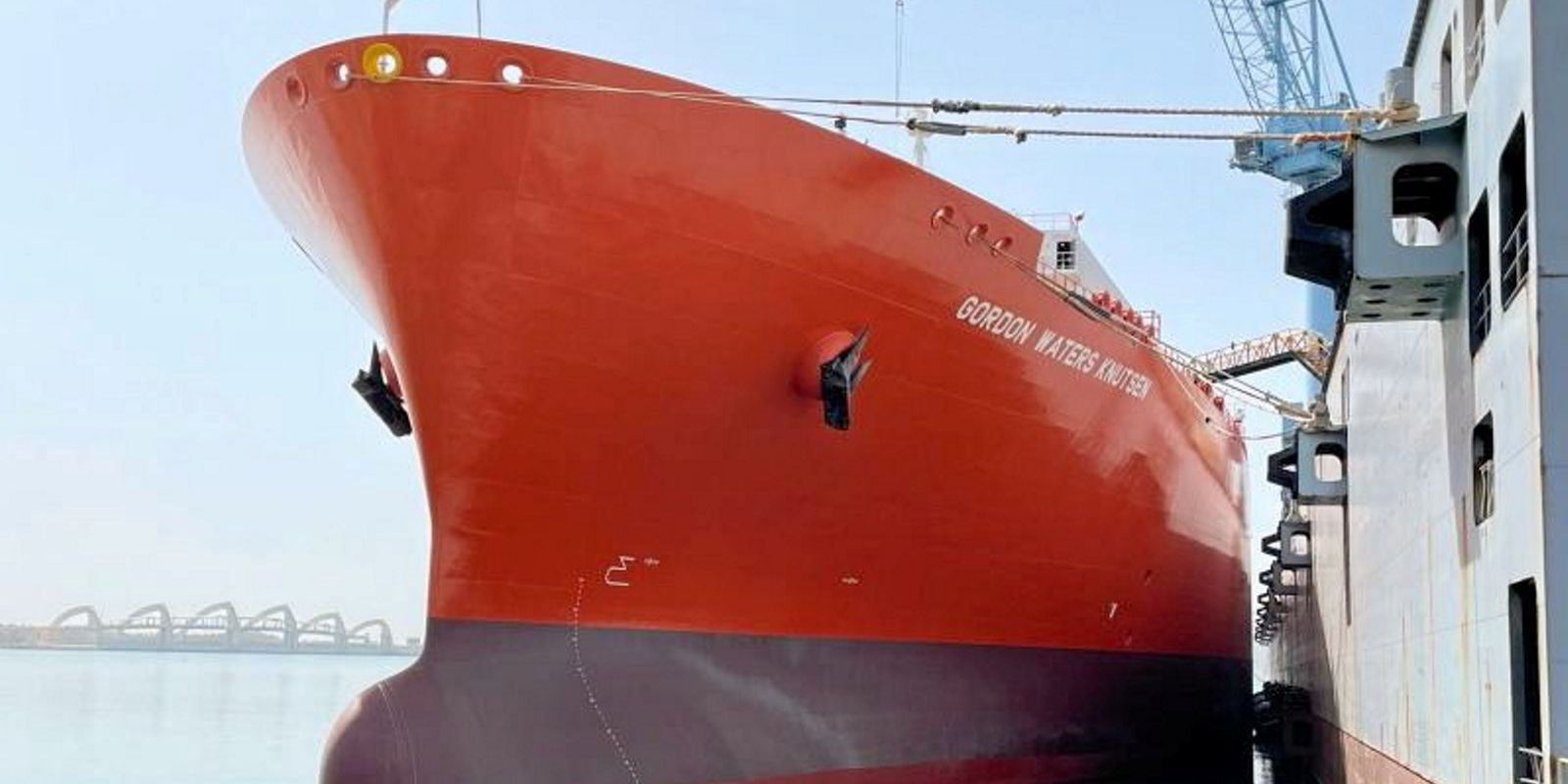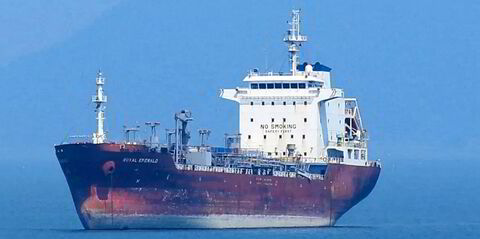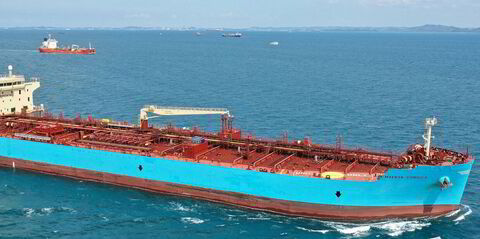The expansion of Chinese shipyards has raised concerns that the industry could face overcapacity if another global economic crisis occurs.
But Bancosta global head of research Ralph Leszczynski is optimistic that demand for newbuildings will sustain over the next 10 years as the global fleet needs to be replaced.
“We have seen very little demolition in recent years, given strong freight markets and the use of old tankers for Russian and Iranian trades … so there is a lot of overdue fleet renewal.
“The focus on fuel efficiency and emissions will increasingly penalise old inefficient vessels,” said Leszczynski.
On the tanker sector, the shipping analyst said the current book for newbuildings for delivery up to 2027 is just 8% of the trading fleet.
He added that 100 crude tankers and 150 product carriers would need to be built each year over the next 10 years to ensure 1:1 fleet renewal.
Stuart Nicoll, director at Maritime Strategies International, said that the growth of China’s shipbuilding capacity is expected to be balanced by capacity reductions in Japan and other regions.
He is expecting the global newbuilding capacity to peak in 2027 at just under 43m cgt, up from the recent low of 34.2m cgt in 2021.
Nicoll said that some form of capacity adjustment will be necessary if the shipbuilding market experiences a downturn.
“But dislocation in demand versus capacity is not expected to be so severe later this decade nor to persist for so long,” he said.
“The issue will be where to cut. Japan is likely to be the primary focus, but the biggest concerns must be within South Korea. Builders there seem to be under pressure as never before.”

Shipbuilding brokers said South Korean shipyards are channelling their focus on high-value ships such as LNG carriers and new clean energy vessels.
This has allowed Chinese shipyards to move into the VLCC and LR2 tanker segments that used to be dominated by South Korean shipyards.
“There are certainly many more orders [for tankers] at Chinese shipyards over the last 18 months than at South Korean yards,” said Leszczynski.
“To a large extent, I think this is due to China playing the role of ‘spare’ capacity in the shipbuilding market.”
Leszczynski said from 2019 to 2022, overall demand for tanker newbuildings was subdued, and most of the orders were going to established shipyards in South Korea and Japan.
He added that vessels there were slightly more expensive than Chinese yards but tended to maintain a premium value throughout their trading lives.
In the LNG carrier segment, there are now six shipyards in China that are building gas ships as compared with only one two years ago.
Some market watchers are wondering if the Chinese will ever overtake the South Koreans in contracting LNG ships since the former has big ambitions to build high-value ships.
Nicoll said this will depend on the ability of new LNG-carrier shipbuilders in China to deliver on time and to the required standards.
“Previously, it took yards many years to build up capability, but it seems like this process is being accelerated in the current cycle.
“Anecdotally, sharing expertise between different yards seems to be an important factor in this process,” he said.
Reborn shipyards
Nicoll added that the critical factor for reactivated shipyards will be their ability to enhance build-up capacity, rather than just their physical capacity.
“There has been much discussion and divided opinion on whether the issue of refund guarantees would rear its head again,” he said.
Brokers believe that dormant shipyards seeking to make a comeback may struggle to secure bank guarantees due to the financial damages incurred a decade ago.
Meanwhile, Nicoll said refund guarantees for newbuildings became a hot topic in the previous shipbuilding boom and its aftermath, as Chinese authorities were seen to have used this security to manage shipbuilding capacity.
“So, while for state-backed Chinese yards this is unlikely to be a problem this time round, it could become a limiting factor for resurrected or new private yards,” he said.





